Technical Whitepapers
Each paper focuses on a specific technical topic, bridging theoretical understanding with practical implementation in the software.
More topics will be added over time as we continue to cover emerging topics in optical modeling and design.
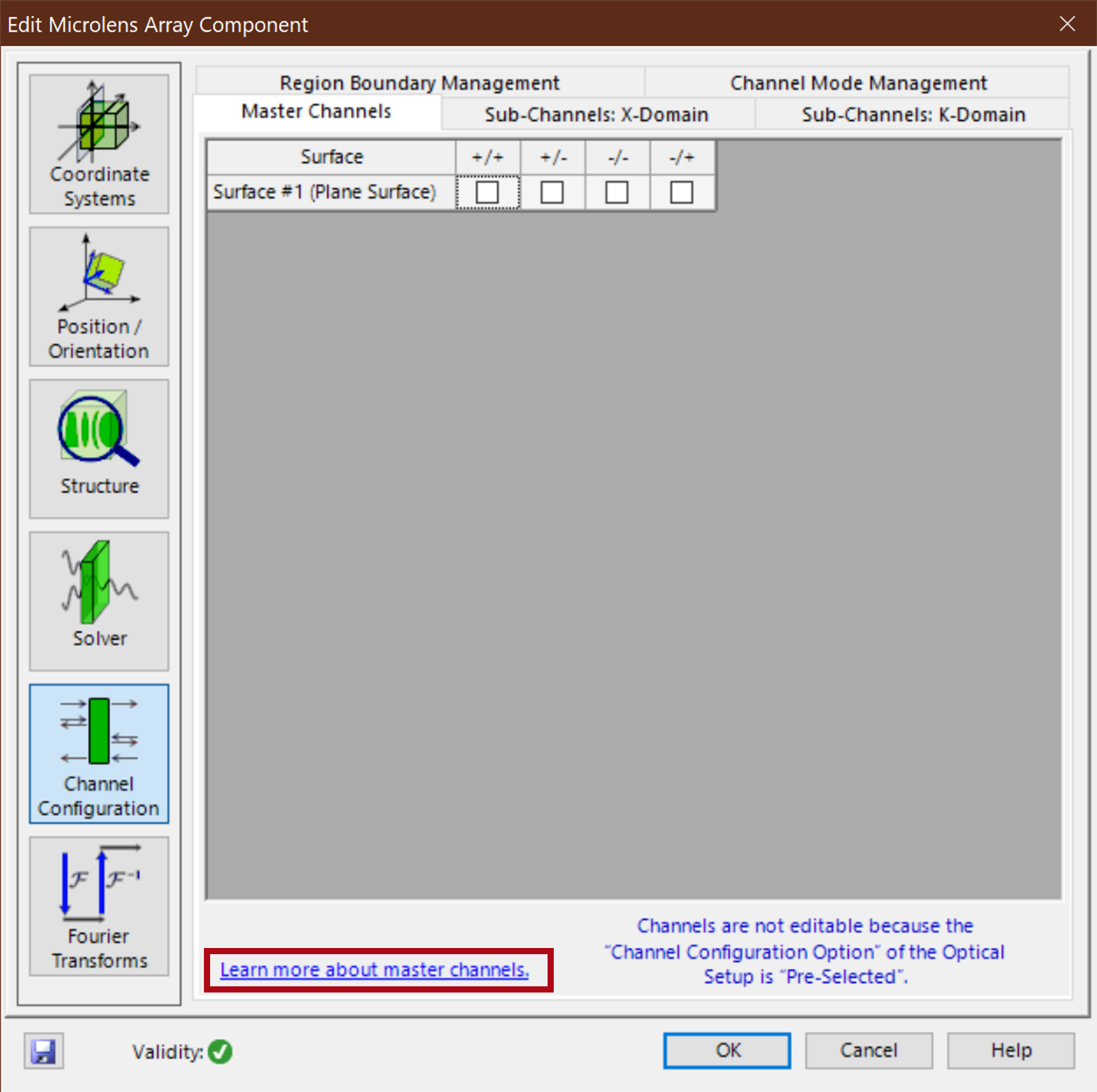
Technical Whitepaper
Connecting Solvers by Master Channels
VirtualLab Fusion enables fast physical-optics system modeling by connecting different solvers instead of applying one universal solver to the entire system.
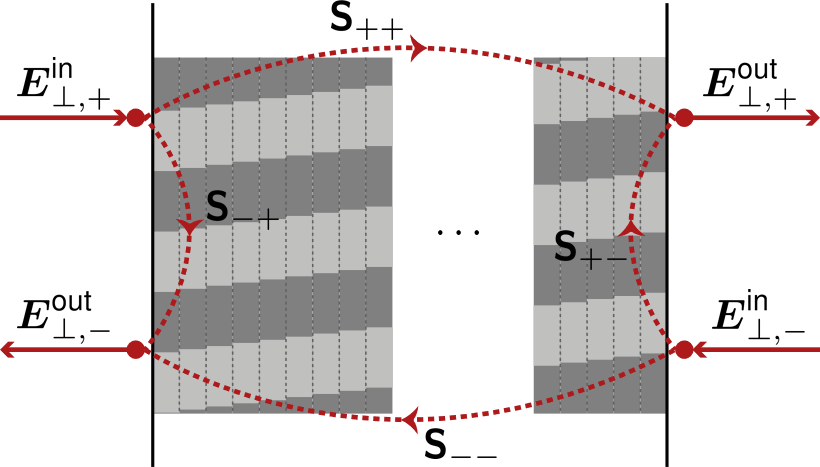
Technical Whitepaper
FMM / RCWA [S-Matrix]
The FMM/RCWA solver consists of an eigenmode solver for each periodically modulated layer and an S-matrix, in the spatial frequency domain (k domain).

Technical Whitepaper
Field Tracing Accuracy Settings
The numerical accuracy of physical optics simulations is controlled by the numerical parameters of each solver, the sampling accuracy of the fields...
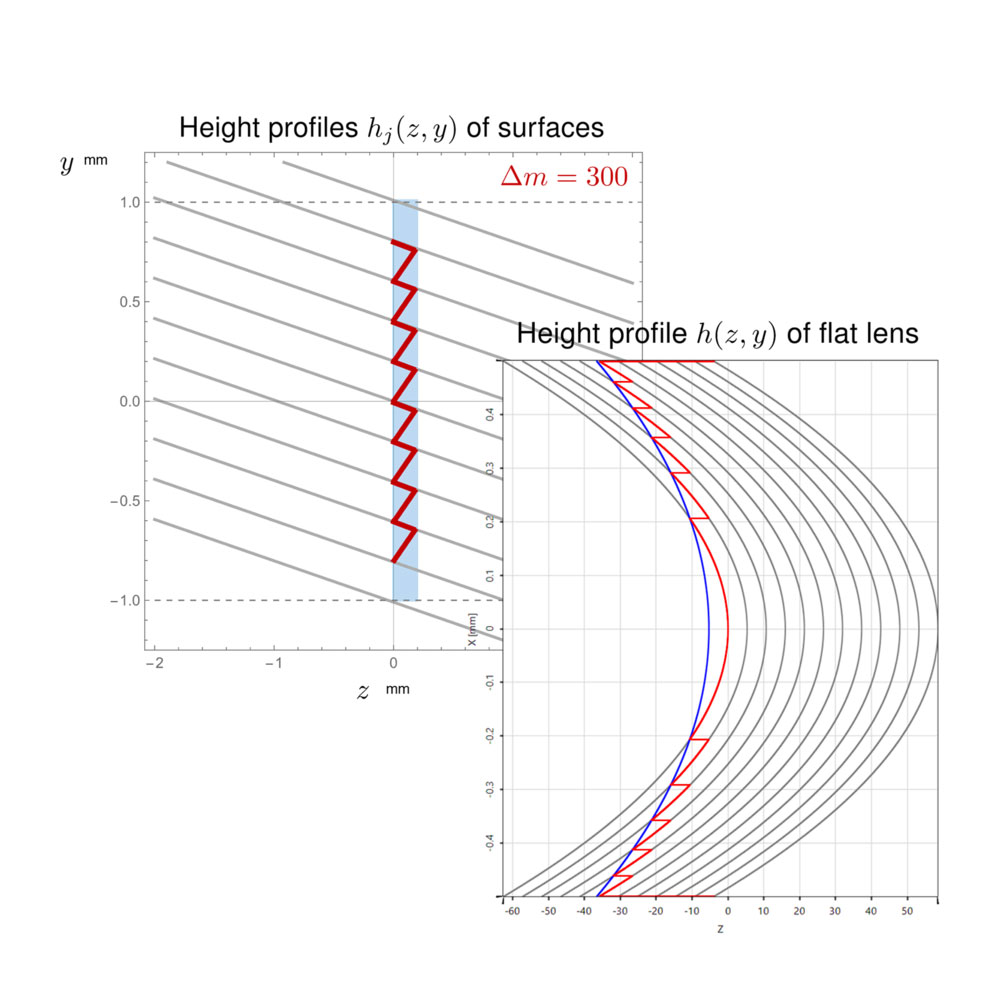
Technical Whitepaper
Flat Lenses
This paper explores the fundamental principles involved in designing flat lenses, including Fresnel lenses, diffractive lenses, and metalenses.

Technical Whitepaper
Fourier Transforms in VirtualLab Fusion
VirtualLab Fusion provides fast physical-optics modeling by connecting different field solvers.
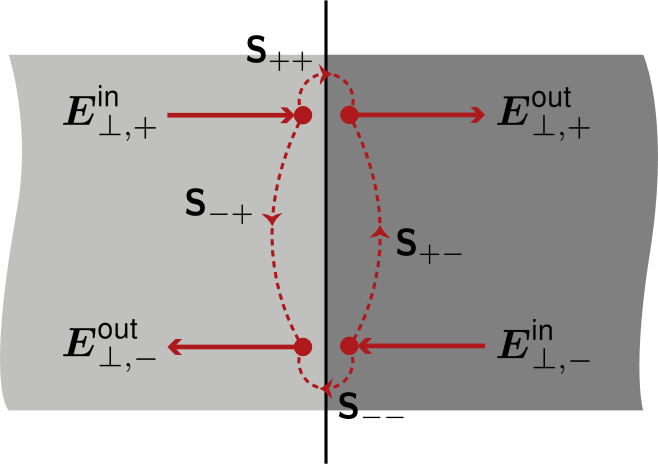
Technical Whitepaper
Fresnel Matrix
The Fresnel matrix solver consists of an eigenmode solver for the homogeneous media on both sides of the interface and matching of the boundary conditions.
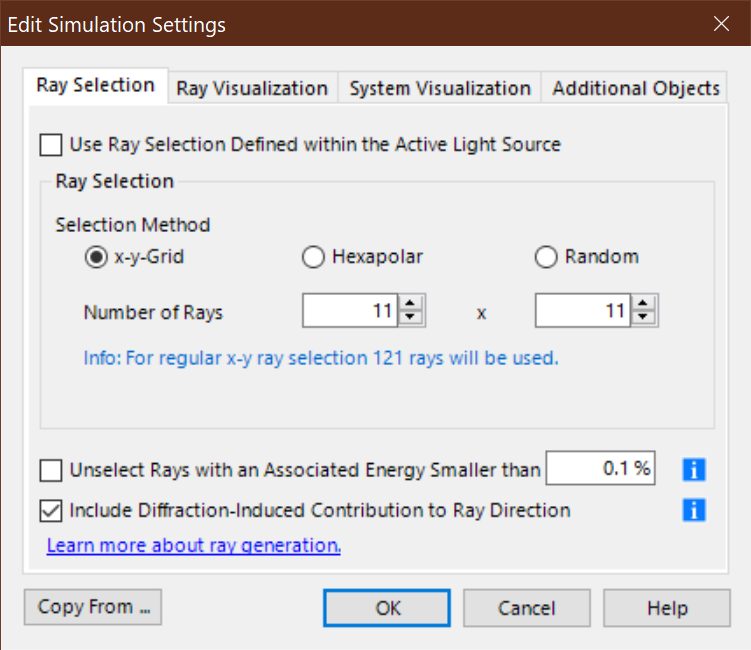
Technical Whitepaper
Generation of Rays for Ray Tracing
In ray tracing for lens systems the rays are originated in the object points and the specific selection is often done with respect to the stop...
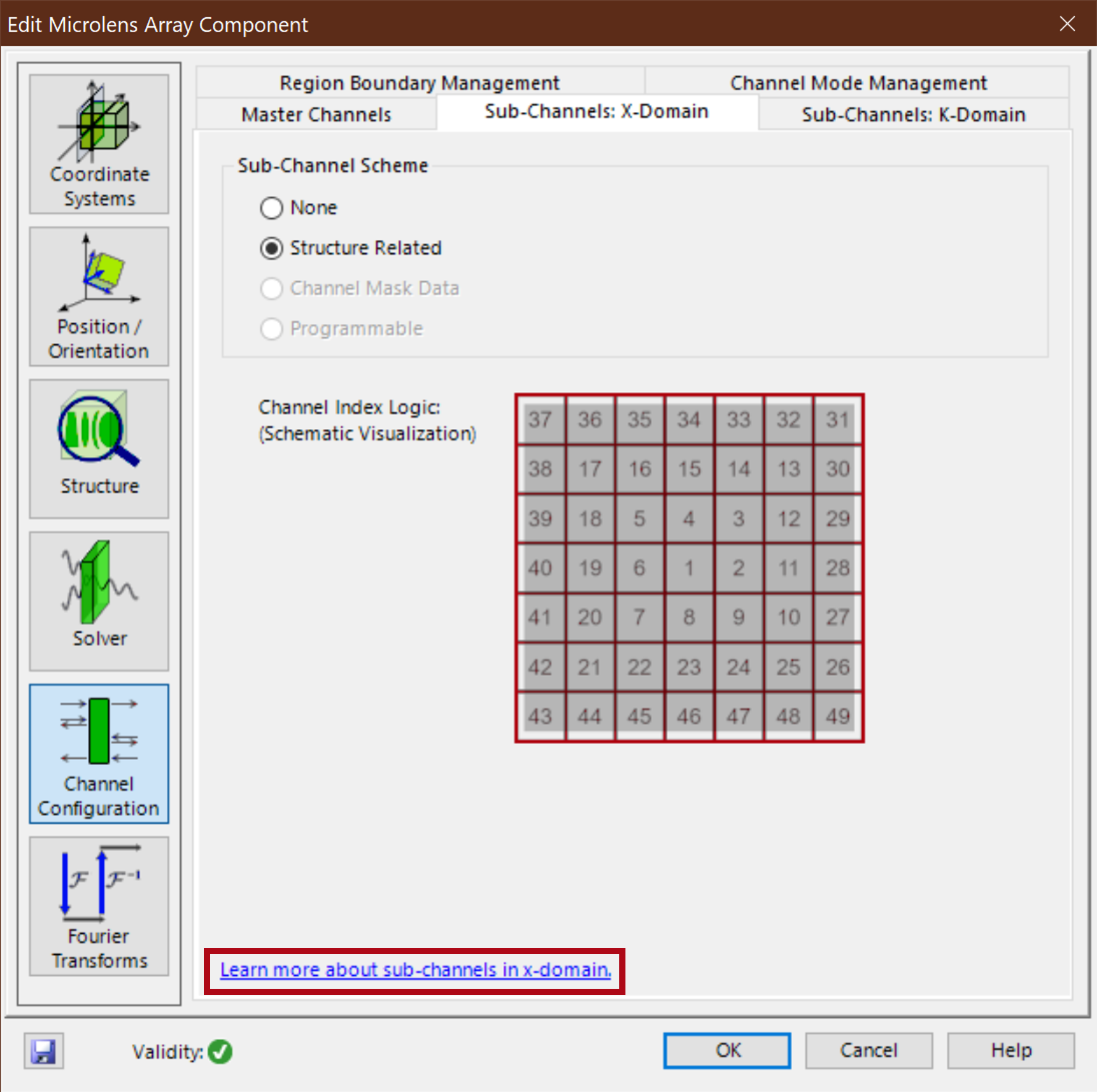
Technical Whitepaper
High Flexibility by Sub-Channels (x-Domain)
We have started to enable the optional decomposition of a master region into subregions in x-domain which form the entrance to subchannels.
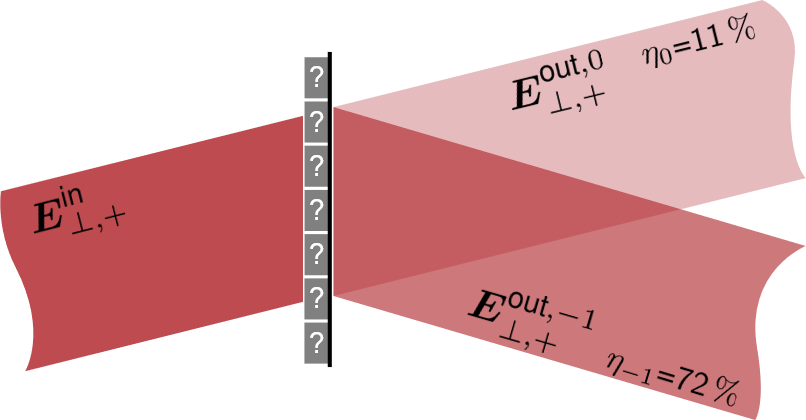
Technical Whitepaper
Idealized Grating Functions
The idealized grating function works without any information about the actual shape of the grating structure.
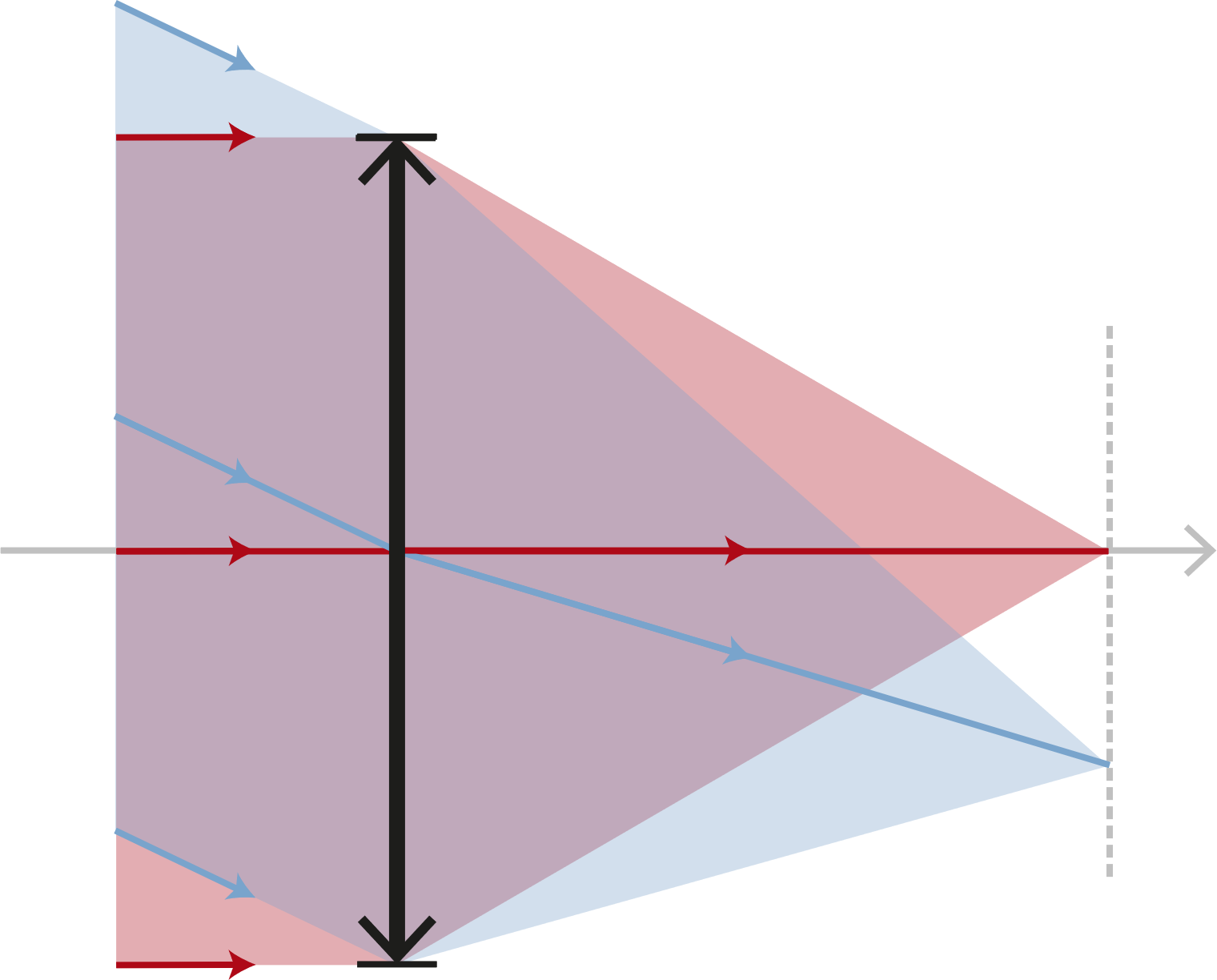
Technical Whitepaper
Idealized Lens Functions
The idealized lens functions works without the knowledge about actual lens surfaces and material.
Technical Whitepaper
Integrating Metalens Modeling into Multiscale Systems
Metalenses are a distinct class of flat lenses, alongside diffractive and Fresnel lenses. We present the concepts and showcase the capabilities.
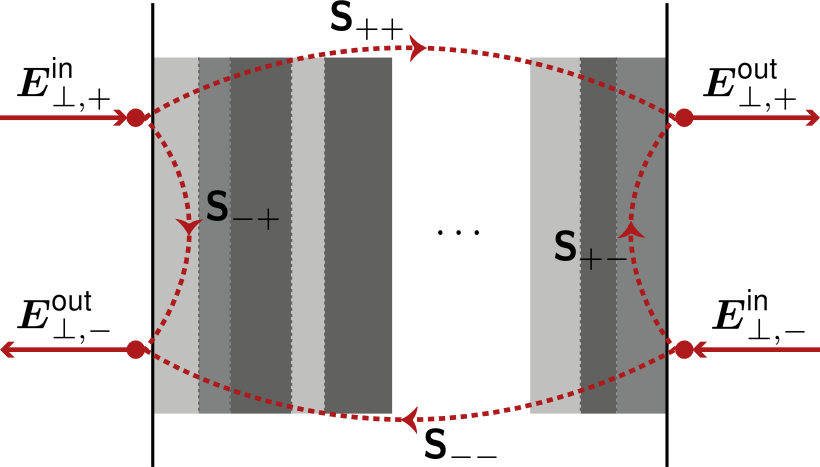
Technical Whitepaper
Layer Matrix [S-Matrix]
The layer matrix solver consists of an eigenmode solver for each homogeneous layer and an S-matrix for matching the boundary conditions at all the interfaces.
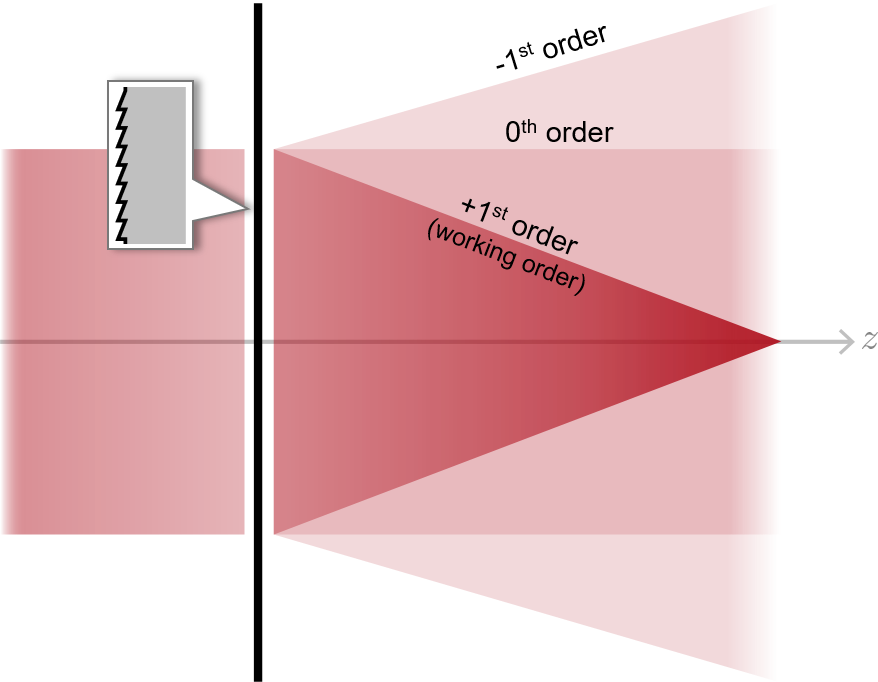
Technical Whitepaper
Local Linear Grating Approximation (LLGA)
The LLGA solver assumes local plane wave and local linear grating interactions (x domain), using either the FMM/RCWA or TEA for the grating analysis.
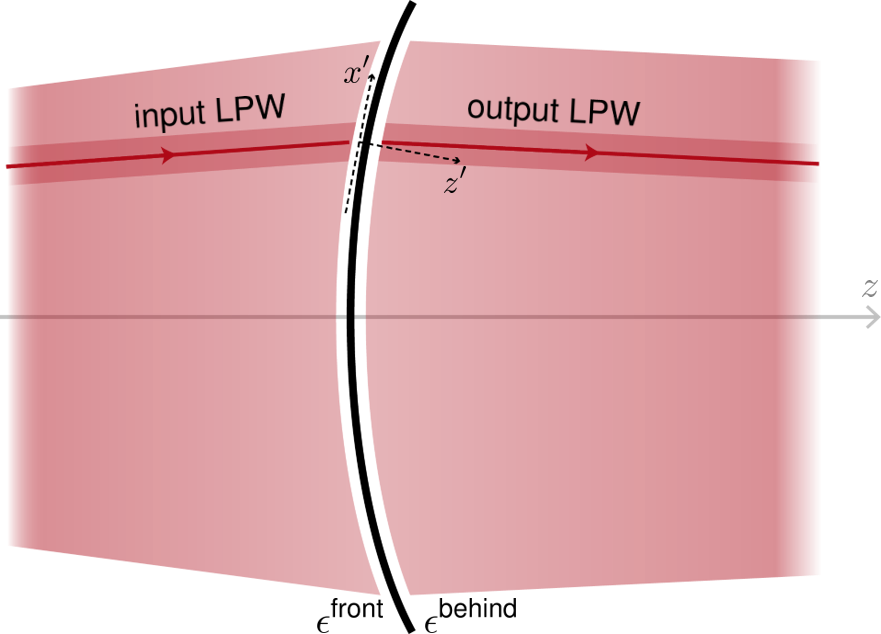
Technical Whitepaper
Local Plane Interface Approximation (LPIA)
Local Plane Interface Approximation (LPIA) solver work in the spatial domain (x domain) with an approximate local boundary condition.

Technical Whitepaper
Runge-Kutta Beam Propagation Method (RK-BPM) for GRIN Med
The RK-BPM solves the electromagnetic field propagation problem in a GRIN medium, by solving two ordinary differential equations simultaneously.
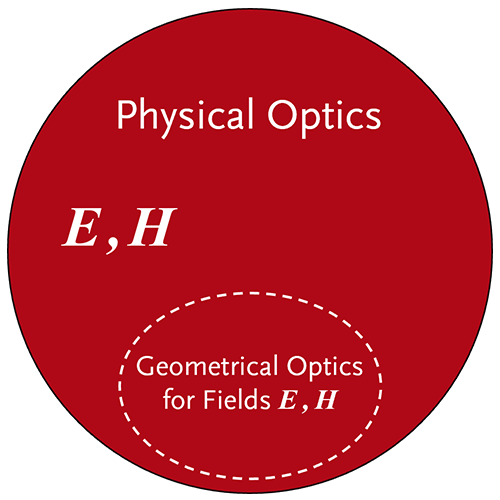
Technical Whitepaper
Seamless Transition to Geometrical Optics Concepts in a Fully Physical Optics Framework
Integrating geometrical optics into multiscale simulation framework necessitates developing a formulation of geometrical optics for electromagnetic fields.
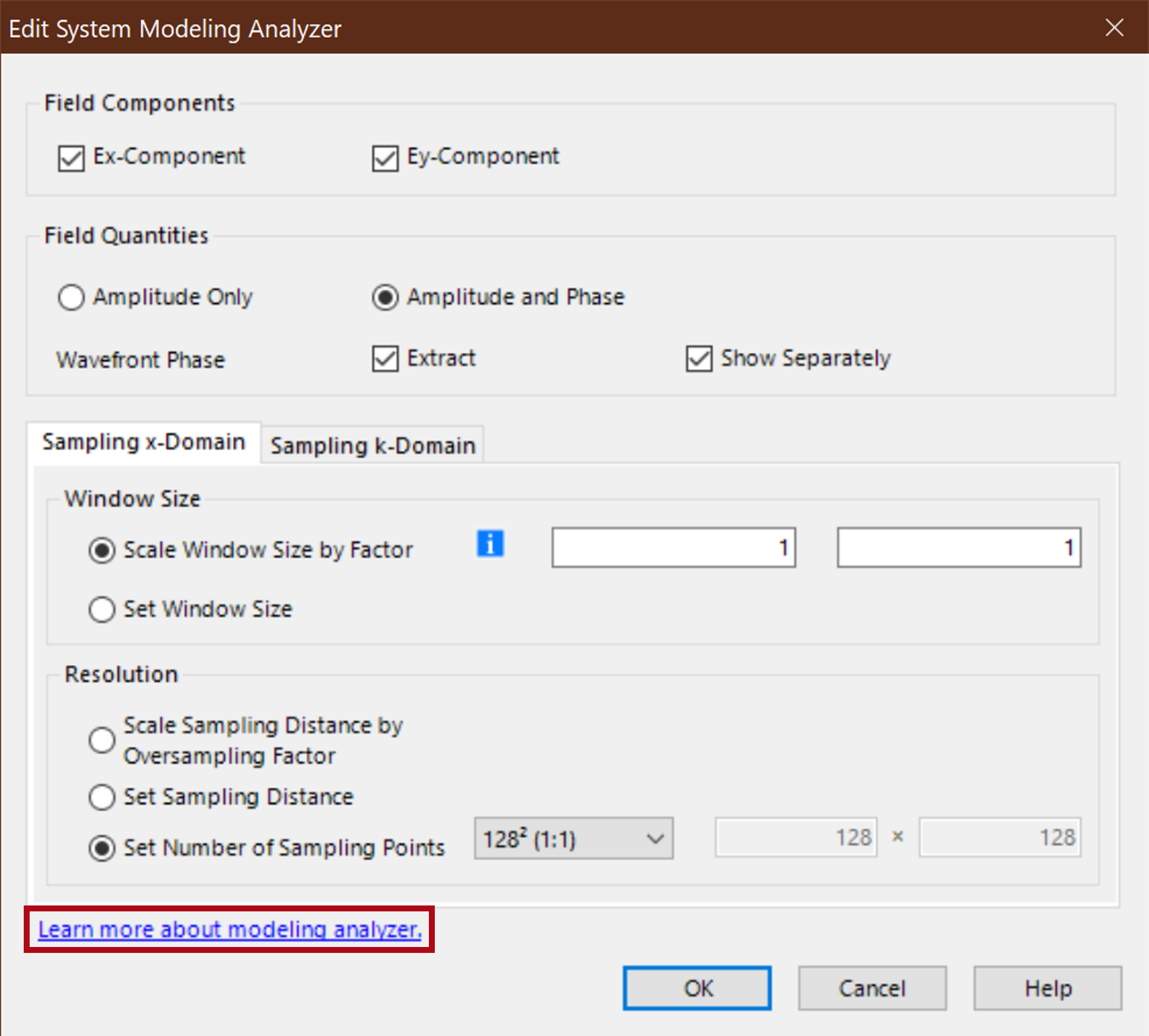
Technical Whitepaper
Step-by-Step Field Tracing by Modeling Analyzer
Physical-optics modeling in VirtualLab Fusion is initialized by the light path finder algorithm, which searches for all possible light paths through the system...
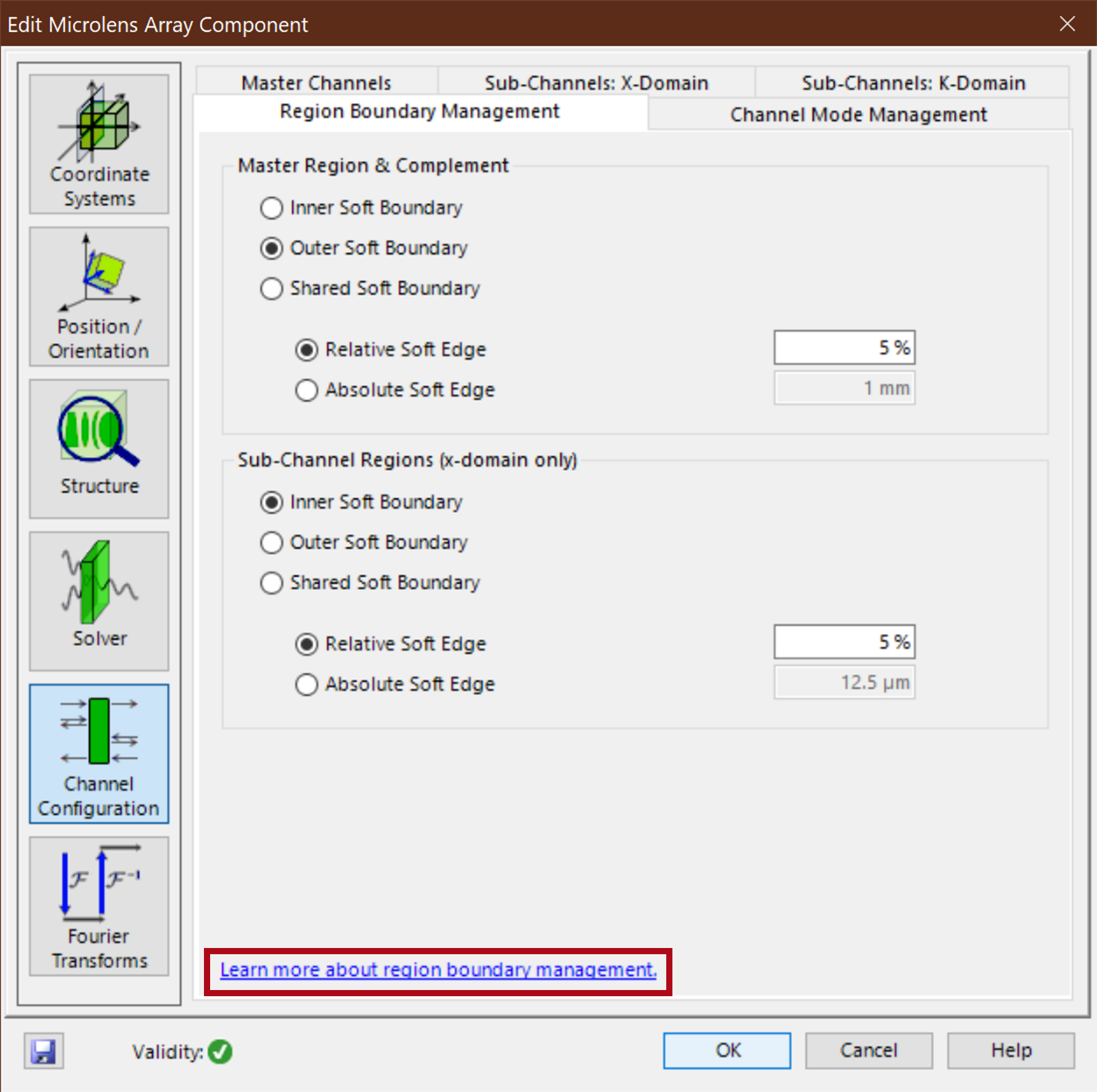
Technical Whitepaper
Truncation of Fields at Boundaries
One key technique for fast physical-optics modeling with VirtualLab Fusion is the channel concept which enables connecting solvers.